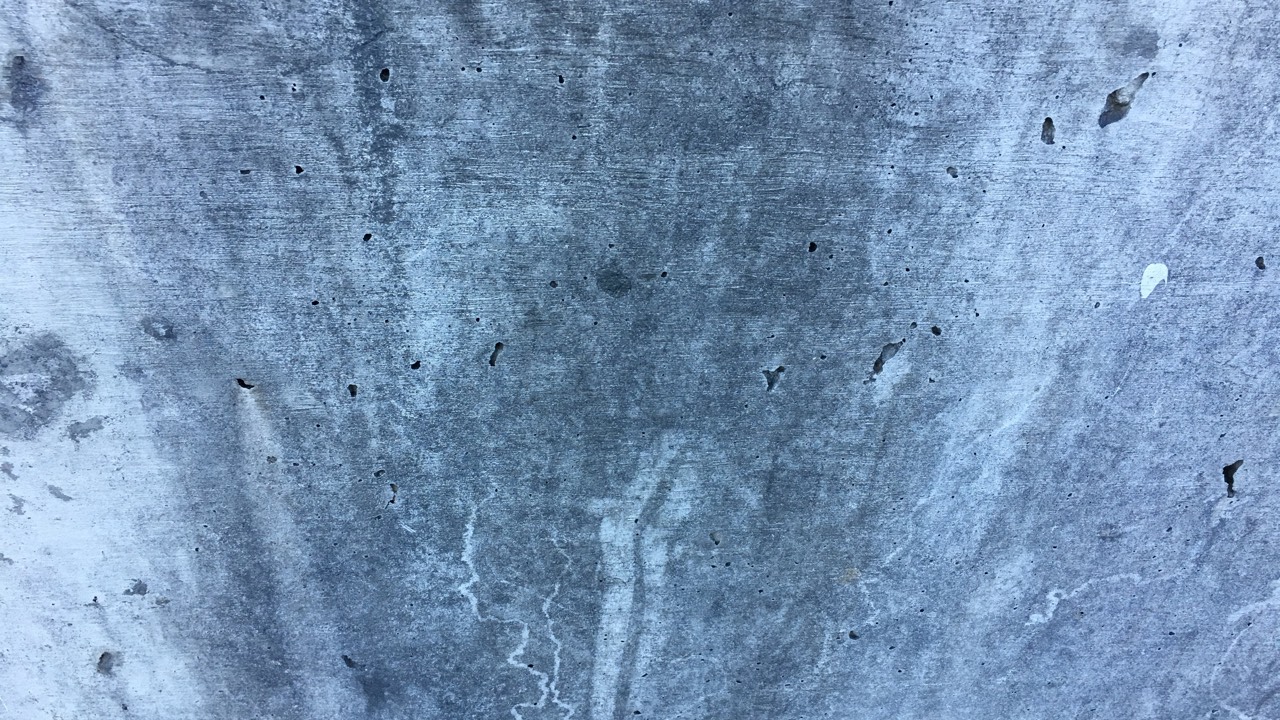Read this article in:
14 April, 2010

About Rio Tinto
Rio Tinto is a multi-billion dollar global corporation that mines and processes aluminum, coal, copper, diamonds, gold, iron ore and uranium, as well as industrial minerals including borates, titanium dioxide, salt and talc.
The company is based in London and Melbourne, Australia and traded on the London, Sydney and New York Stock Exchanges.
Rio Tinto is the 3rd largest mining company in the world, operating in more than 50 countries on six continents, with the majority of production occurring in Australia and North America.
In 2009, Rio Tinto reported net earnings of almost $5 billion on revenues of $44 billion.
About Rio Tinto’s Borate Business
Rio Tinto’s borate mining and processing business is part of its Diamonds & Minerals product group, which reported net earnings of $800 million in 2009.
The company’s borate business consists primarily of its mine – the largest borate deposit in the world – and processing plant in Boron, California, USA. Rio Tinto also operates a small borate mine and processing plant in Argentina, as well as plants and/or distribution facilities in Wilmington, California, France, Spain and the Netherlands.
Rio Tinto supplies nearly half the world’s demand for refined borates. Together with Etimine of Turkey, Rio Tinto enjoys a virtual monopoly on the global borate market.
Borates are industrial minerals with a wide variety of uses, including glass, ceramics, fertilizer, detergents and wood treatments.
Although Rio Tinto often tells reporters that it has lost 25% of its share of the borate market in order to garner sympathy and justify its attack on families in Boron, the company’s claim has never been independently substantiated. Rio Tinto does not report publicly on the financial performance of its borate business. Like most companies, Rio Tinto has been temporarily impacted by the economic recession, but the outlook for Rio Tinto’s future is bright and already improving. In his “State of Business” address in August 2009, Rio Tinto Vice President Chris Robison said, “the financial position of the company is very strong.” Independent experts predict demand for borates will increase significantly in 2010, mainly due to the growth in Chinese manufacturing. China is Rio Tinto’s largest destination market.
About the Mine in Boron
Located in the Mojave Desert, about 100 miles northeast of Los Angeles, the Boron mine is the largest open-pit mine in California.
The mine has been operating since borates were first discovered in Boron in 1925. The facility was acquired by Rio Tinto in 1967.
The mine serves Rio Tinto’s borate customers in almost 100 countries around the world.
There are about 570 hourly workers at the mine, many of whom have worked their entire lives at the facility. Some employees have more than 40 years of experience there.
About the Lockout
On January 31, 2010, Rio Tinto locked out about 570 hourly workers from the Borax mine.
Employees had refused to accept Rio Tinto’s concessionary contract ultimatum. Their demands included allowing the company to convert good jobs into temporary, part-time or outsourced positions.
Since the lockout, Rio Tinto has replaced its experienced, skilled workforce with workers from its other facilities and with contract workers supplied by Gettier Security, a Wilmington, DE-based company that specializes in providing workers to firms engaged in strikes or lockouts.
The locked out families are relying on unemployment insurance and other forms of public assistance to help feed their children and pay mortgages.
For more information about Rio Tinto and the Lockout in Boron, or to learn how you can help the miners and their families, please contact Craig Merrilees, Communications Director, ILWU on +1 (0) 415 775 0533 ext 113.
